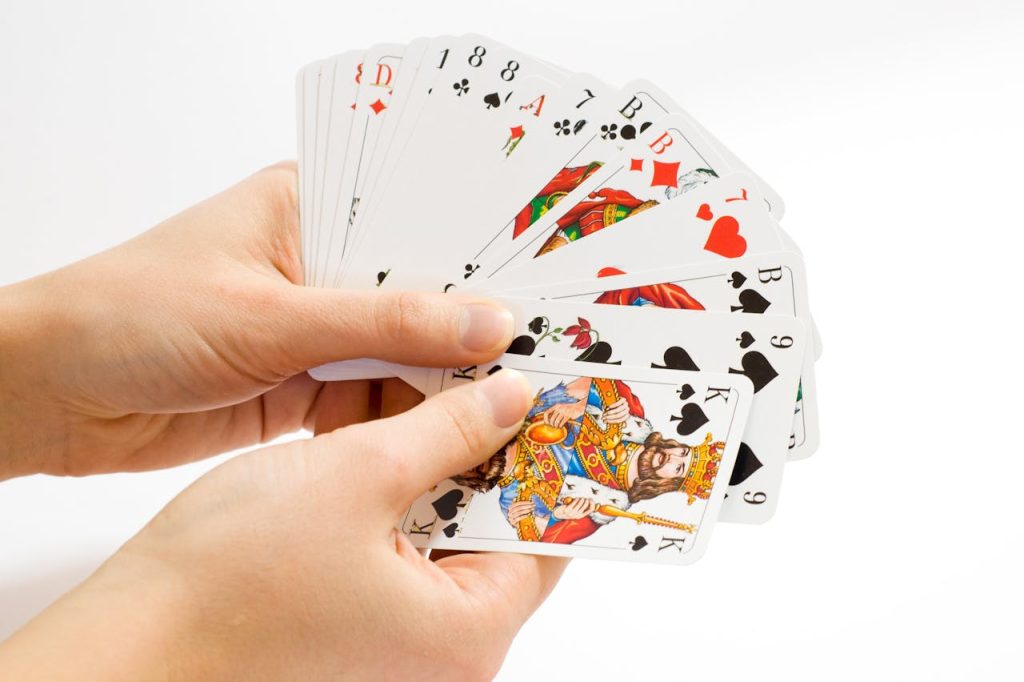When it comes to playing cards, there’s a mystique surrounding those illustrious face cards. They often hold significance in various card games, whether it’s the regal Kings, graceful Queens, or daring Jacks. But have you ever wondered exactly how many face cards are in a standard deck? Join us as we delve into the world of playing cards and uncover the secrets behind these captivating figures.
Understanding the Components of a Standard Deck
Before we dive into the specifics of face cards, let’s first understand the components of a standard deck of playing cards. A typical deck consists of 52 cards, divided into four suits: Hearts, Diamonds, Clubs, and Spades. Each suit contains thirteen cards, comprising of numbers 2 through 10, along with three additional cards – the Ace, King, Queen, and Jack – collectively known as the face cards.
The Royalty of Playing Cards: Kings, Queens, and Jacks
These regal figures are not merely symbols; they often hold deep cultural and historical significance. Kings represent authority, power, and leadership, embodying the ideals of monarchy and sovereignty. Queens, on the other hand, epitomize grace, beauty, and resilience, reflecting the strength and elegance of female rulers throughout history. Jacks, with their youthful vigor and adventurous spirit, symbolize the daring and resourcefulness often associated with commoners or knights. Whether it’s the stoic demeanor of a King, the graceful poise of a Queen, or the mischievous charm of a Jack, these face cards capture the imagination and add layers of intrigue to every card game. Their timeless appeal transcends generations, making them an essential part of the enduring legacy of playing cards.
A Closer Look at the Face Cards:
Let’s take a closer look at each of the face cards and their significance:
- Kings: Represented by a crowned figure, Kings symbolize authority, power, and leadership. They are often depicted as noble rulers, adorned with robes and regal accessories.
- Queens: Queens exude grace, beauty, and sophistication. Portrayed as elegant and poised figures, Queens embody femininity and strength.
- Jacks: Also known as Knaves or Pages in some decks, Jacks are youthful and adventurous characters. They represent energy, impulsiveness, and daring.
Face Cards in Different Cultures and Designs
In addition to Tarot cards, other cultural variations also offer unique interpretations of face cards. In some European decks, such as the French-suited Tarot Nouveau, the face cards may depict historical or mythical figures, each carrying specific symbolism. Similarly, in Eastern traditions like Mahjong, face cards feature characters and symbols relevant to the game’s cultural roots. Even within Western playing card traditions, regional decks like Spanish or Italian ones may showcase distinct artwork and characters on their face cards. These variations highlight the rich diversity and historical significance of playing cards across different cultures, illustrating how the essence of face cards transcends geographical boundaries, making them timeless symbols of intrigue and fascination in the world of card games.
How Many Face Cards Are in a Deck?
Now, the burning question: How many face cards are there in a standard deck? With each suit containing one King, one Queen, and one Jack, and four suits in total, the total number of face cards in a deck is 12.
Face cards add an element of intrigue and excitement to the world of playing cards. Whether you’re strategizing in a game of poker or enjoying a casual round of Go Fish, the presence of these iconic figures elevates the experience. Understanding the significance and number of face cards in a deck enhances our appreciation for the artistry and tradition behind playing cards. So, the next time you shuffle a deck, take a moment to admire the royalty within – the Kings, Queens, and Jacks that make every game a captivating affair.

